Name Erbo von Years of service 1936–42 | ||
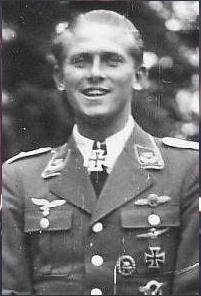 | ||
Born 2 April 1918Bonn ( 1918-04-02 ) Battles/wars World War IIPolandBattle of FranceBattle of BritainMaltaBarbarossaMediterranean Unit Jagdgeschwader 1, Jagdgeschwader 27 | ||
Erbo Graf von Kageneck (2 April 1918 – 12 January 1942) was a German fighter pilot and flying ace in the Luftwaffe from 1938 to 1942. He was credited with 67 aerial combat encounters resulting in the destruction of the enemy aircraft. He was the winner of the Knight's Cross with Oak Leaves.
Contents
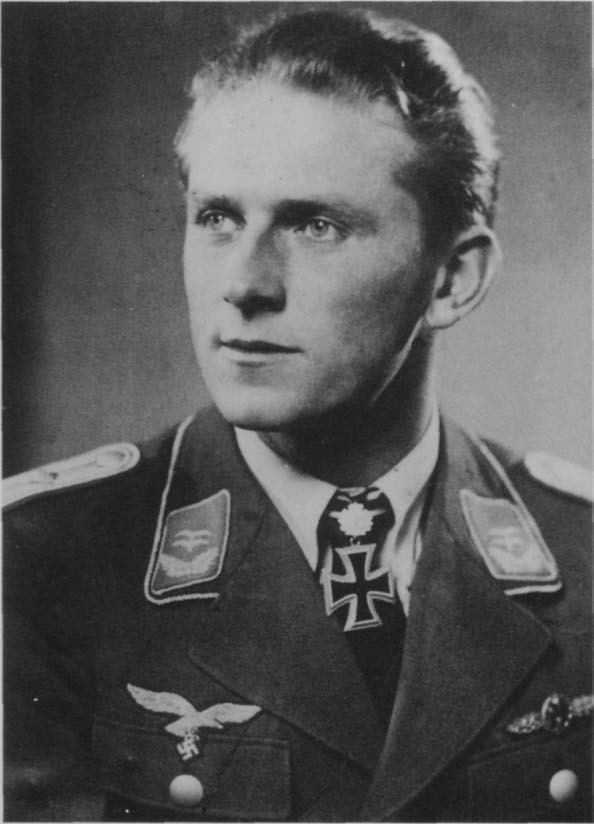
Early life
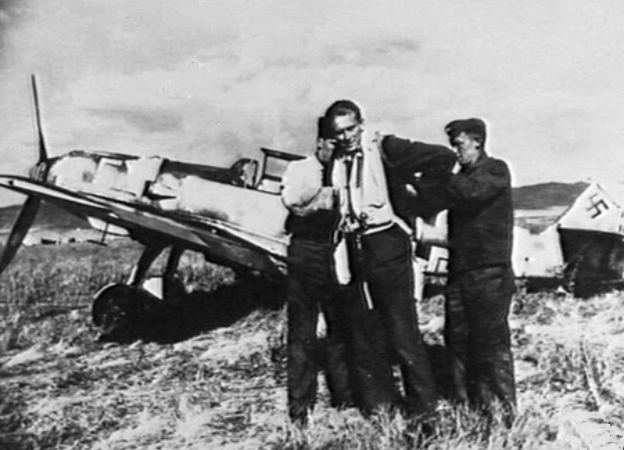
Kageneck was born in Bonn, one of five sons of Generalmajor Karl Graf von Kageneck and Freiin Maria von Schorlemer, daughter of Clemens Freiherr von Schorlemer, an Imperial Secretary of Agriculture. His brothers included:

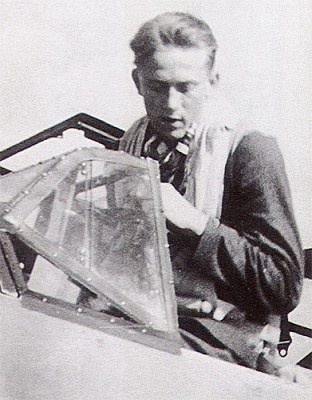

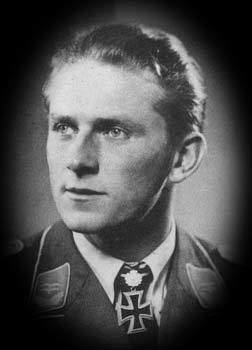
World War II
After passing his Abitur in 1936, Kageneck immediately joined the German air force, the Luftwaffe. At the outbreak of World War II, he served with Jagdgeschwader 1 and flew his first operational missions during the invasion of Poland. Kageneck scored his first victory during the first days of the Blitzkrieg in the Netherlands and soon claimed four kills in the skies of Western Europe. He claimed a further nine victories during the Battle of Britain and on 18 September 1940, he was appointed Staffelkapitän (squadron leader) of Staffel 9, Jagdgeschwader 27. On 19 July 1940 he was wounded in action, probably by the RAF ace Frank Reginald Carey. Kageneck also gained four victories over Hawker Hurricanes during his spell supporting the offensive against Malta.
Operation Barbarossa
In 1941, during the invasion of the Soviet Union, JG 27 was tasked with neutralising the Soviet air force. Kageneck shot down more than 20 Soviet aircraft in less than four weeks. For that he was awarded the Knight's Cross of the Iron Cross on 30 July 1941 and also was promoted to Oberleutnant (first lieutenant). By October 1941, Kageneck had recorded 48 Soviet victories and — with his total now at 65 — was awarded the Knight's Cross of the Iron Cross with Oak Leaves (Ritterkreuz des Eisernen Kreuzes mit Eichenlaub) on 26 October 1941. He was the 39th member of the German armed forces to be so honored. Kageneck, together with Hauptmann Gordon Gollob, received the Oak Leaves from Adolf Hitler personally at the Wolf's Lair, Hitler's headquarters in Rastenburg, present-day Kętrzyn in Poland.
North Africa
In December 1941, Kageneck was transferred back to the Mediterranean theatre with Staffel 9, JG 27 and gained his last two victories against British Commonwealth fighters over the deserts of North Africa.
On 24 December, Kageneck was seriously wounded in combat with several Desert Air Force (DAF) Tomahawks, and Hurricanes south of Agedabia. Both Sergeant Maxwell (of No. 94 Squadron RAF) and Pilot Officer Thompson (No. 229 Squadron RAF) made claims for a fighter shot down in the same action. Many years later, some sources, including Kageneck's brother, August von Kageneck, claimed that the shots which hit Erbo were fired by the pre-eminent Australian ace of the war, Clive Caldwell. The main reason for this was that Caldwell favoured attacks from beneath his opponents, which was precisely the fashion in which Kageneck's wounds were sustained.
Although he suffered severe injuries to his stomach, abdomen and groin, Kageneck managed to fly his crippled fighter back to his base at El Magrun and make an emergency landing. He was immediately evacuated, first to a hospital in Athens, and then to another in Naples where, despite intensive care, he died of his wounds on 12 January 1942 at the age of 23. He was posthumously promoted to Hauptmann (captain).
